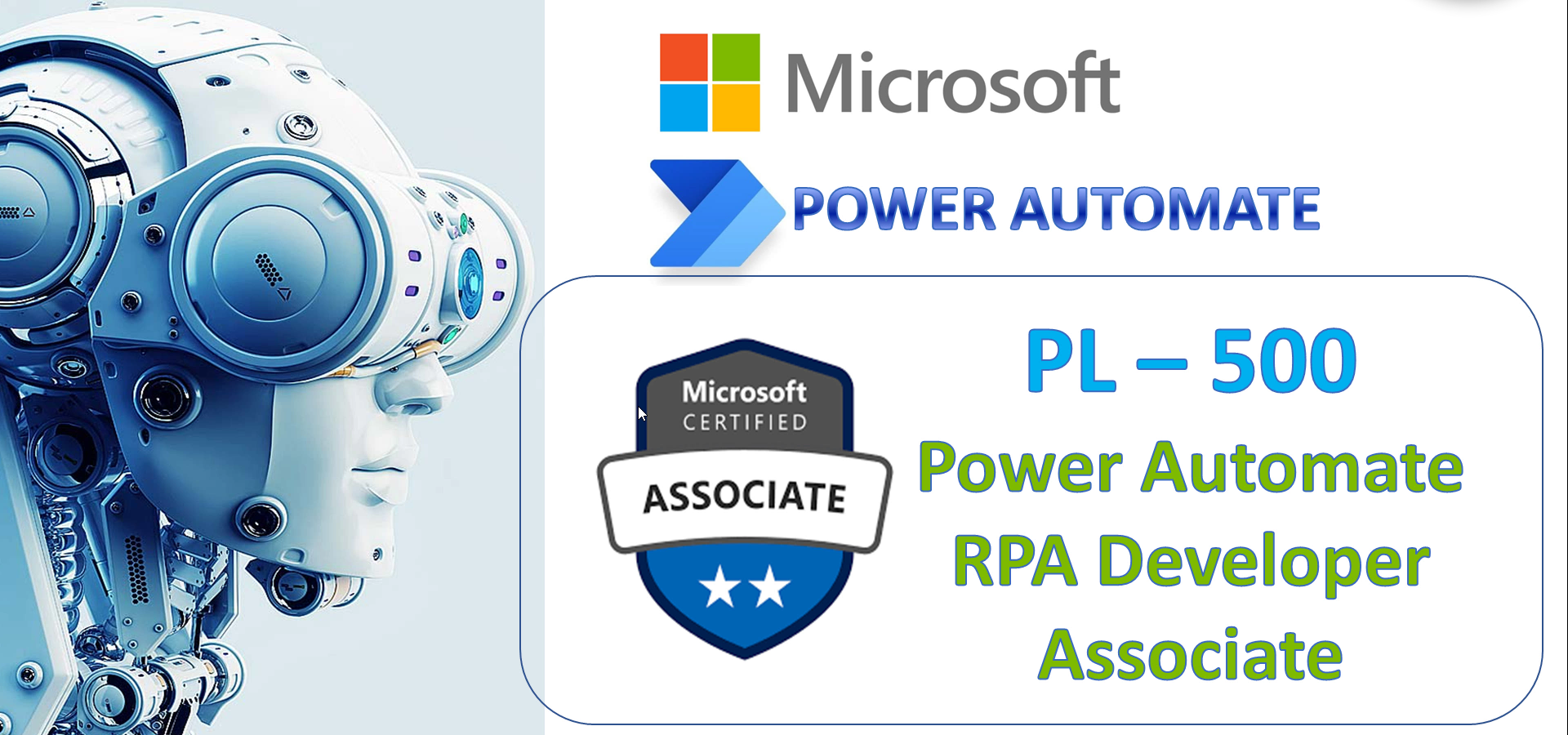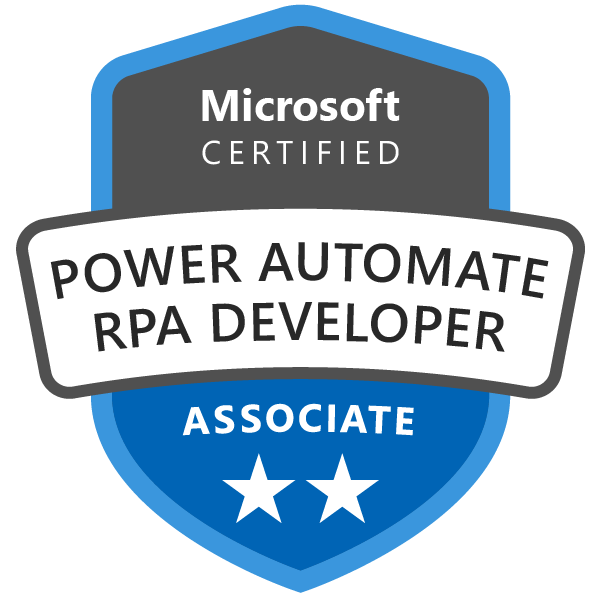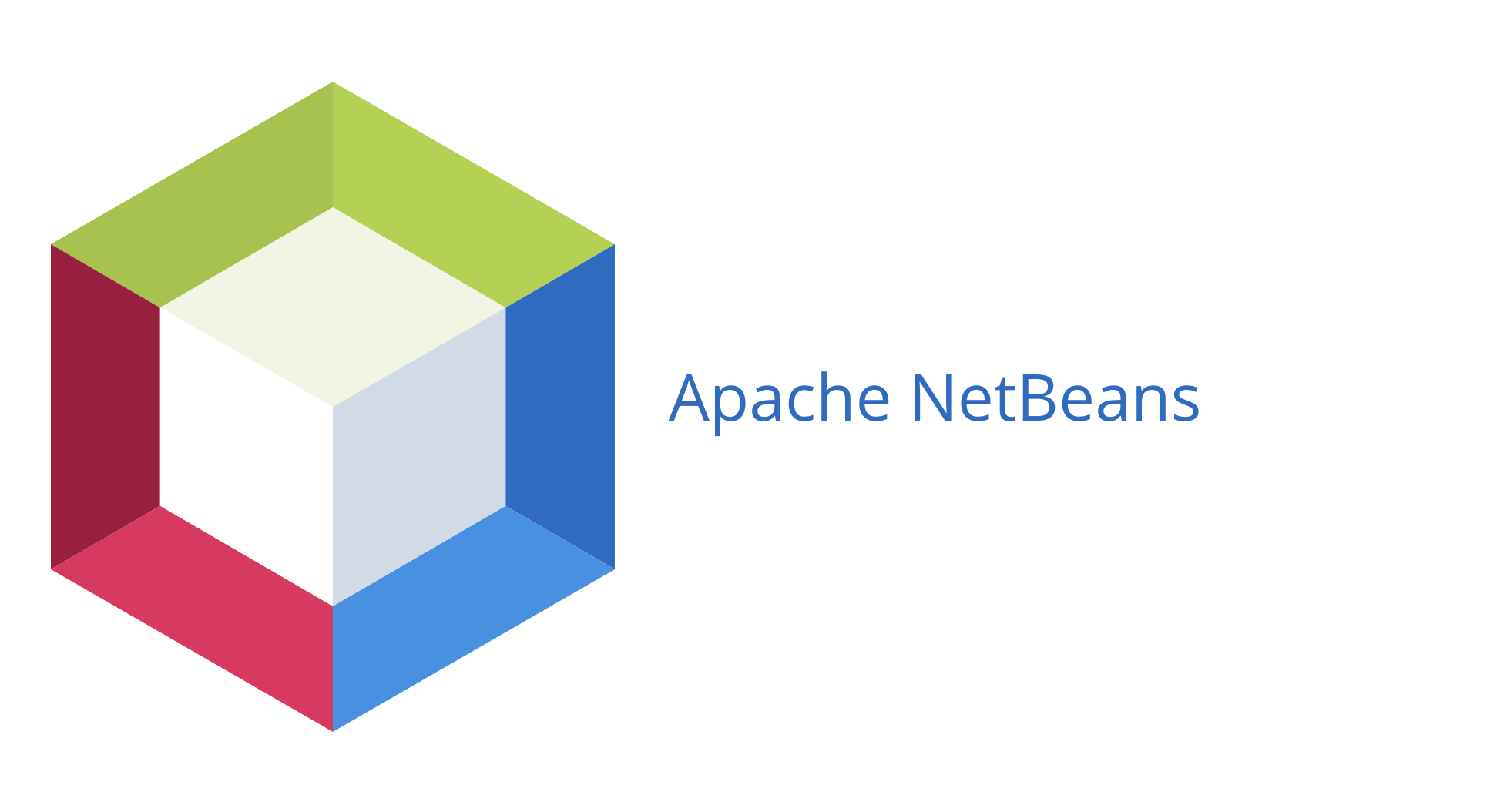Description
Empowering Excellence: Microsoft Certified Power Automate RPA Developer Associate
Welcome to the Microsoft Certified: Power Automate RPA Developer Associate Training. This specialized program is designed to equip you with the skills and expertise needed to excel in the field of robotic process automation (RPA) using Power Automate. As businesses increasingly rely on automation to streamline their operations, the demand for skilled RPA developers is on the rise. In this training, you will learn how to leverage Power Automate to automate repetitive tasks, integrate disparate systems, and optimize business processes. Led by industry experts, our comprehensive curriculum covers key concepts such as building workflows, creating bots, handling exceptions, and orchestrating complex automation scenarios. By mastering Power Automate RPA development, you’ll be prepared to tackle real-world automation challenges and propel your career to new heights. Join us on this journey to becoming a Microsoft Certified Power Automate RPA Developer Associate and unlock exciting opportunities in the world of automation.
Microsoft Certified: Power Automate RPA Developer Associate Training at a glance
- Level: Intermediate
- Product: Microsoft Power Platform
- Role: Developer
- Subject: Data and AI
- Renewal Frequency: 12 months
Microsoft Certified: Power Automate RPA Developer Associate Training Overview
As a candidate for this Microsoft Certified: Power Automate RPA Developer Associate Training, you automate Windows-based, browser-based, and terminal-based applications that are time-consuming or contain repetitive processes. You use a mix of approaches like:
- UI
- API
- Database automation
You analyze and design processes for automation and implement automation using Power Automate for desktop and Power Automate cloud flows. As a robotic process automation (RPA) developer, you use actions for logic and to work with:
- Data
- Applications
- Services
You work with business stakeholders to optimize business workflows. You partner with administrators to deploy solutions to other environments and support solutions.
Additionally, as a candidate, you should have experience with:
- The Windows desktop environment
- Scripting languages
- Power Automate cloud and desktop flows
- AI Builder
- Process Advisor
- Microsoft Data verse
Skills measured:
- Design Automation
- Develop automation
- Deploy and manage automation
TABLE OF CONTENTS
MODULE 1: Take your first steps with Power Automate for desktop
MODULE 2: Power Automate for desktop development essentials
MODULE 3: Build your first Power Automate for desktop flow
MODULE 4: Define input and output parameters in Power Automate
MODULE 5: Integrate desktop flows with Outlook connector in Power Automate for desktop
MODULE 6: Connect a cloud flow to desktop flows in Power Automate for desktop
MODULE 7 Use AI Builder to process invoice forms in Power Automate
MODULE 8: Use the Teams connector in Power Automate
MODULE 9: Run a Power Automate for desktop flow in unattended mode
MODULE 10: Optimize your business process with a process advisor
MODULE 11: Handle variables in Power Automate for desktop
MODULE 12: Automate repetitive tasks using loops in Power Automate for desktop
MODULE 13: Adjust process behavior using conditional actions with Power Automate for desktop
MODULE 14: Configure flow control in Power Automate for desktop
MODULE 15: Generate Power Automate for desktop flows by recording
MODULE 16: Configure exception and error handling in Power Automate for desktop
MODULE 17: Control file and folder handling in Power Automate for desktop
MODULE 18: Web automation in Power Automate for desktop
MODULE 19: Use Power Automate for desktop to interact with Windows and applications
MODULE 20: Excel automation in Power Automate for desktop
MODULE 21: Automating email handling in Power Automate for desktop
MODULE 22: Automate system, workstation, and services actions in Power Automate for desktop
MODULE 23: Communicate using message boxes in Power Automate for desktop flows
MODULE 24: Text manipulation in Power Automate for desktop
MODULE 25: Simulate mouse and keyboard actions by using Power Automate for desktop
MODULE 26:Combine Power Automate desktop and cloud flows
MODULE 27: Database handling in Power Automate for desktop
MODULE 28: Active Directory handling in Power Automate for desktop
MODULE 29: Scripting in Power Automate for desktop
MODULE 30: OCR technologies in Power Automate for desktop
MODULE 31: Get started with custom connectors in Microsoft Power Platform
MODULE 32: Configure custom connectors with authenticated APIs in Microsoft Power Platform
MODULE 33: Introduction to Microsoft Power Platform security and governance
For additional information regarding this training, please visit here.
Contact the Locus IT support team for further training details.







